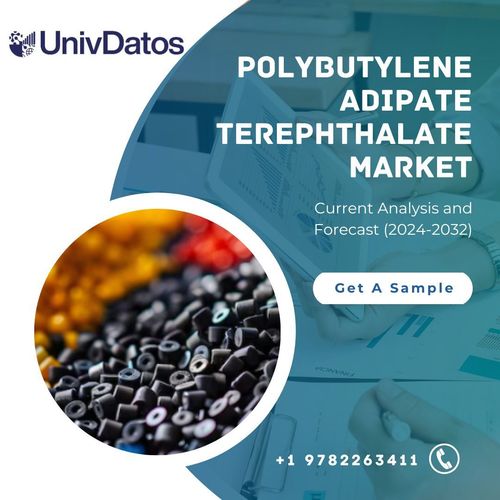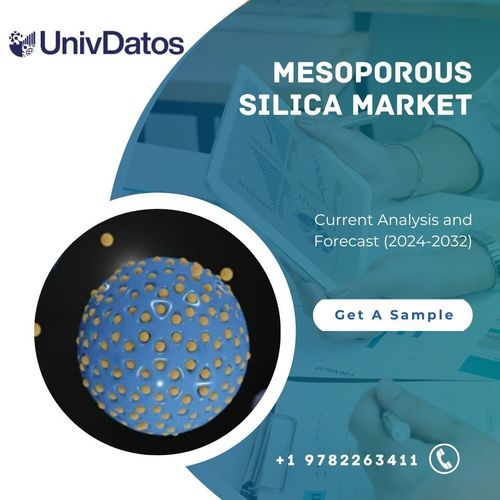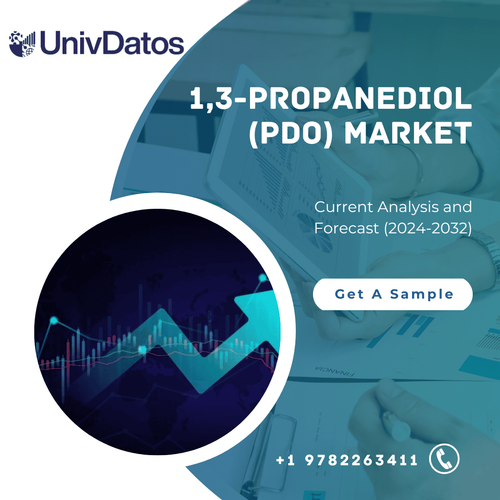Technical Textile Market: Current Analysis and Forecast (2023-2030)
Emphasis on Material Type (Natural Fiber, Synthetic Polymer, Mineral, Regenerated Fiber, and Others), Process (Woven, Knitted, Non-Woven, and Others) Application (MobilTech, InduTech, SportTech, BuildTech, HomeTech, ClothTech, MediTech, AgroTech, ProTech, and PackTech) and Region/Country
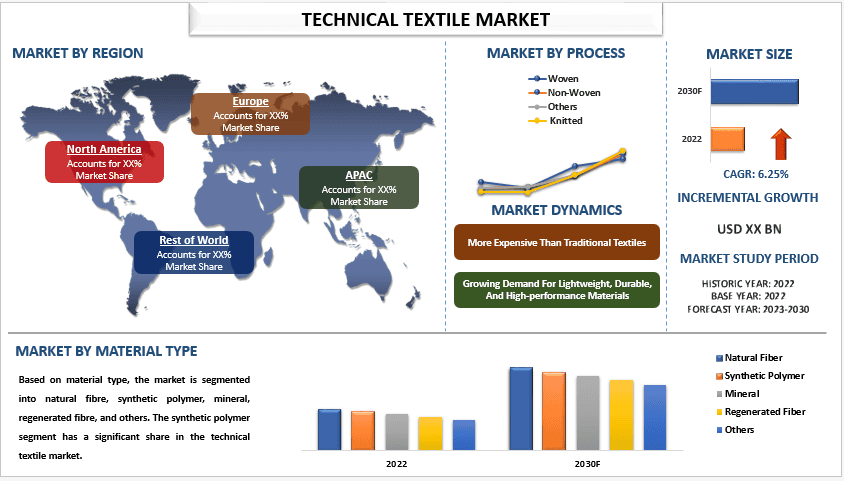
The Technical Textile Market was valued at 239 billion in 2022 and is expected to grow at a steady rate of around 6.25 % in the forecasted period (2023-2030). Continuous advancements in textile technology are leading to the development of innovative technical textiles with enhanced functionalities and properties. These advancements include the use of nanotechnology, smart textiles, and 3D printing, which are enabling the creation of textiles with self-cleaning, self-healing, and energy-harvesting capabilities. Additionally, the technical textile market is expanding as new applications emerge in various industries. In the automotive sector, technical textiles are used for airbags, seat belts, tire reinforcement, and interior components. In construction, technical textiles are employed for geotextiles, roofing membranes, and insulation materials. In the medical field, technical textiles are used for surgical implants, wound dressings, and protective clothing. For example, in 2023, DuPont de Nemours, Inc. (USA) announced the development of a new flame-retardant fibre made from aramid. The fibre is designed for use in construction applications, such as roofing membranes and geotextiles.
Some of the major players operating in the market are DuPont, Duvaltex, BaltexMitsui Chemicals, Inc. , Berkshire Hathaway Inc, HUESKER SYNTHETIC GmbH, Freudenberg Group, TenCate Protective Fabrics., Berry Global Inc, and Ahlstrom. Several M&As along with partnerships have been undertaken by these players to facilitate customers with hi-tech and innovative products/technologies.
Insights Presented in the Report
“Amongst material type, the regenerated fibre segment held significant growth in the market in 2022.”
Based on material type, the market is segmented into natural fibre, synthetic polymer, mineral, regenerated fibre, and others. Amongst these, the regenerated fibre segment held significant growth in the market in 2022. This growth is attributed to a range of desirable properties that make them well-suited for technical applications. They are known for their high strength, durability, moisture-wicking capabilities, and chemical resistance. These properties make them ideal for use in a wide array of technical textiles, including automotive interiors, filtration systems, protective clothing, and medical textiles.
“Amongst applications, the agrotech segment held a significant growth of the market in 2022.
Based on application, the market is segmented into mobiltech, indutech, sporttech, buildtech, hometech, clothtech, meditech, agrotech, protech, and packtech. Among these, the agrotech segment held a significant growth of the technical textile market in 2022 because of the agrotech textiles, such as shade nets, windbreaks, and insect nets, provide effective protection for crops against harsh weather conditions, pests, and diseases. These textiles help to regulate temperature, reduce wind damage, and prevent insect infestation, leading to increased crop yields and improved quality.
“North America held significant share in the technical textile market in 2022.”
North America has a strong manufacturing base, particularly in sectors such as automotive, aerospace, and construction. This strong manufacturing base provides a demand for technical textiles used in a variety of applications within these industries. Additionally, there is a high demand for high-performance materials in North America, particularly in the automotive and aerospace industries. Technical textiles offer superior properties such as flame retardancy, heat resistance, and water resistance, making them ideal for high-performance application. Moreover, the demand for medical textiles is growing in North America as the population ages and the healthcare sector expands. Technical textiles are used in a variety of medical applications, such as surgical implants, wound dressings, and protective clothing.
Technical Textile Market Report Coverage
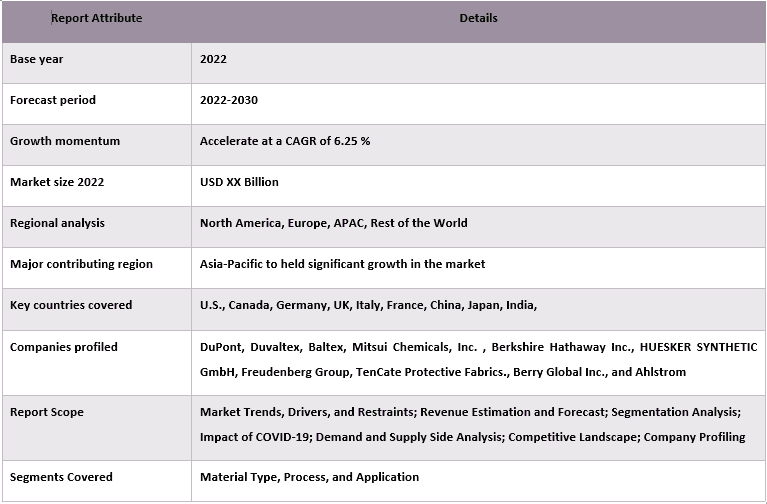
Reasons to buy this report:
- The study includes market sizing and forecasting analysis validated by authenticated key industry experts.
- The report presents a quick review of overall industry performance at one glance.
- The report covers an in-depth analysis of prominent industry peers with a primary focus on key business financials, product portfolios, expansion strategies, and recent developments.
- Detailed examination of drivers, restraints, key trends, and opportunities prevailing in the industry.
- The study comprehensively covers the market across different segments.
- Deep dive regional level analysis of the industry.
Customization Options:
The global technical textile market can further be customized as per the requirement or any other market segment. Besides this, UMI understands that you may have your own business needs, hence feel free to connect with us to get a report that completely suits your requirements.
Table of Contents
1. Market Introduction
- Market Definitions
- Main Objective
- Stakeholders
- Limitation
2. Research Methodology Or Assumptions
- Research Process of the Technical Textile Market
- Research Methodology of the Technical Textile Market
- Respondent Profile
3. Market Synopsis
- Market Synopsis
4. Executive Summary
- Executive Summary
5. Global Technical Textile Market Covid-19 Impact
- Global Technical Textile Market Covid-19 Impact
6. Global Technical Textile Market Revenue, 2020-2030f
- Global Technical Textile Market Revenue, 2020-2030f
7. Market Insights By Material Type
- Natural Fiber
- Synthetic Polymer
- Mineral
- Regenerated Fiber
- Others
8. Market Insights By Process
- Woven
- Knitted
- Non-Woven
- Others
9. Market Insights By Application
- MobilTech
- InduTech
- SportTech
- BuildTech
- HomeTech
- ClothTech
- MediTech
- AgroTech
- ProTech
- PackTech
10. Market Insights By Region
- North America
- U.S.
- Canada
- Rest of North America
- Europe
- Germany
- France
- UK
- Italy
- Spain
- Rest of Europe
- Asia-Pacific
- China
- Japan
- India
- Rest of APAC
- Rest of the World
- North America
11. Technical Textile Market Dynamics
- Market Drivers
- Market Challenges
- Impact Analysis
12. Technical Textile Market Opportunities
- Technical Textile Market Opportunities
13. Technical Textile Market Trends
- Technical Textile Market Trends
14. Demand And Supply-side Analysis
- Demand Side Analysis
- Supply Side Analysis
15. Value Chain Analysis
- Value Chain Analysis
16. Pricing Analysis
- Pricing Analysis
17. Competitive Scenario
- Porter’s Five Forces Analysis
- Competitive Landscape
18. Company Profiled
- DuPont
- Duvaltex
- Baltex
- Mitsui Chemicals, Inc.
- Berkshire Hathaway Inc
- HUESKER SYNTHETIC GmbH
- Freudenberg Group
- TenCate Protective Fabrics.
- Berry Global Inc
- Ahlstrom
19. Disclaimer
- Disclaimer
Research Methodology for the Technical Textile Market Analysis (2022-2030)
Analyzing the historical market, estimating the current market, and forecasting the future market of the global technical textile market were the three major steps undertaken to create and analyze the adoption of technical textiles in major regions globally. Exhaustive secondary research was conducted to collect the historical market numbers and estimate the current market size. Secondly, to validate these insights, numerous findings and assumptions were taken into consideration. Moreover, exhaustive primary interviews were also conducted, with industry experts across the value chain of the global technical textile market. Post assumption and validation of market numbers through primary interviews, we employed a top-down/bottom-up approach to forecasting the complete market size. Thereafter, market breakdown and data triangulation methods were adopted to estimate and analyze the market size of segments and sub-segments of the industry pertains to. Detailed methodology is explained below:
Analysis of Historical Market Size
Step 1: In-Depth Study of Secondary Sources:
Detail secondary study was conducted to obtain the historical market size of the technical textile market through company internal sources such as annual reports & financial statements, performance presentations, press releases, etc., and external sources including journals, news & articles, government publications, competitor publications, sector reports, third-party database, and other credible publications.
Step 2: Market Segmentation:
After obtaining the historical market size of the technical textile market, we conducted a detailed secondary analysis to gather historical market insights and share for different segments & sub-segments for major regions. Major segments are included in the report as material type, process, and application. Further country-level analyses were conducted to evaluate the overall adoption of testing models in that region.
Step 3: Factor Analysis:
After acquiring the historical market size of different segments and sub-segments, we conducted a detailed factor analysis to estimate the current market size of the technical textile market. Further, we conducted factor analysis using dependent and independent variables such as material type, process, and application of the technical textile market. A thorough analysis was conducted of demand and supply-side scenarios considering top partnerships, mergers and acquisitions, business expansion, and product launches in the technical textile market sector across the globe.
Current Market Size Estimate & Forecast
Current Market Sizing: Based on actionable insights from the above 3 steps, we arrived at the current market size, key players in the global technical textile market, and market shares of the segments. All the required percentage shares split, and market breakdowns were determined using the above-mentioned secondary approach and were verified through primary interviews.
Estimation & Forecasting: For market estimation and forecast, weights were assigned to different factors including drivers & trends, restraints, and opportunities available for the stakeholders. After analyzing these factors, relevant forecasting techniques i.e., the top-down/bottom-up approach were applied to arrive at the market forecast for 2028 for different segments and sub-segments across the major markets globally. The research methodology adopted to estimate the market size encompasses:
- The industry’s market size, in terms of revenue (USD) and the adoption rate of the technical textile market across the major markets domestically
- All percentage shares, splits, and breakdowns of market segments and sub-segments
- Key players in the global technical textile market in terms of products offered. Also, the growth strategies adopted by these players to compete in the fast-growing market.
Market Size and Share Validation
Primary Research: In-depth interviews were conducted with the Key Opinion Leaders (KOLs) including Top Level Executives (CXO/VPs, Sales Head, Marketing Head, Operational Head, Regional Head, Country Head, etc.) across major regions. Primary research findings were then summarized, and statistical analysis was performed to prove the stated hypothesis. Inputs from primary research were consolidated with secondary findings, hence turning information into actionable insights.
Split of Primary Participants in Different Regions
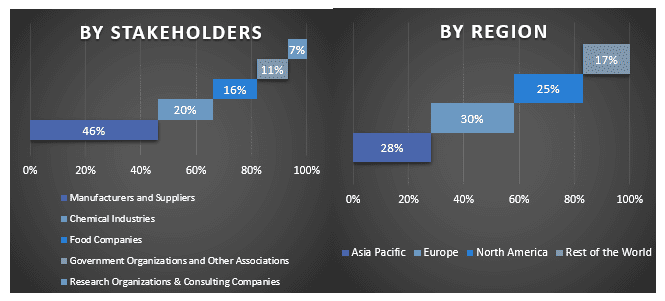
Market Engineering
The data triangulation technique was employed to complete the overall market estimation and to arrive at precise statistical numbers for each segment and sub-segment of the global technical textile market. data was split into several segments & sub-segments post studying various parameters and trends in the areas of the vehicle type and technology in the global technical textile market.
The main objective of the Global Technical Textile Market Study
The current & future market trends of the global technical textile market were pinpointed in the study. Investors can gain strategic insights to base their discretion for investments on the qualitative and quantitative analysis performed in the study. Current and future market trends determined the overall attractiveness of the market at a regional level, providing a platform for the industrial participant to exploit the untapped market to benefit from a first-mover advantage. Other quantitative goals of the studies include:
- Analyze the current and forecast market size of the technical textile market in terms of value (USD). Also, analyze the current and forecast market size of different segments and sub-segments.
- Segments in the study include areas of the material type, process, and application.
- Define and analyze the regulatory framework for the technical textile
- Analyze the value chain involved with the presence of various intermediaries, along with analyzing customer and competitor behaviors of the industry.
- Analyze the current and forecast market size of the technical textile market for the major region.
- Major countries of regions studied in the report include Asia Pacific, Europe, North America, and the Rest of the World
- Company profiles of the technical textile market and the growth strategies adopted by the market players to sustain in the fast-growing market.
- Deep dive regional level analysis of the industry
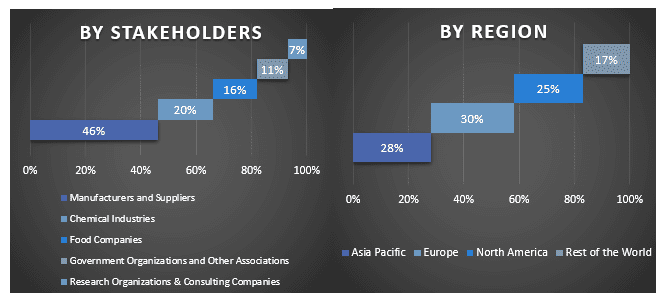
You can also purchase parts of this report. Do you want to check out a section wise
price list?
Frequently Asked Questions FAQs
Q1: What is the current market size and growth potential of the global technical textile Market?
Q2: What are the driving factors for the growth of the global technical textile market?
Q3: Which segment has the largest share of the global technical textile market by material type?
Q4: Which region will dominate the global technical textile Market?
Q5: Who are the key players operating in the global technical textile market?
Related Reports
Customers who bought this item also bought

